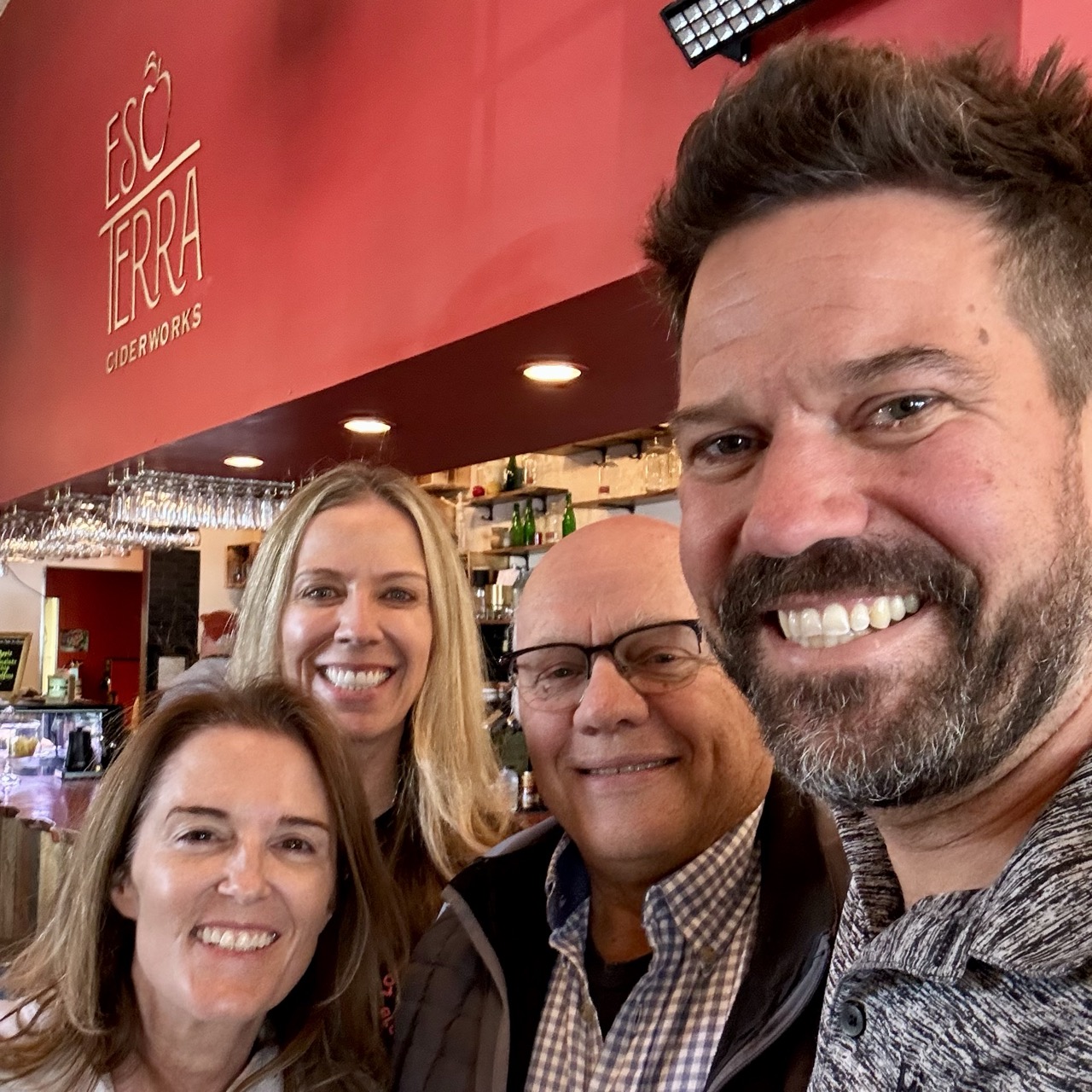I landed in Denver just after 7am, headed straight to the Convention Center, and found a seat up front for the opening keynote of the Linux Foundation’s Open Source Summit North America. By 9:00, I was wide awake, not from coffee, but from the staggering figure shared on stage:
$8.8 trillion.
That’s the estimated economic value of open source software, according to a new report commissioned by the Linux Foundation and presented by Harvard Business School’s Frank Nagle. And even that’s a conservative estimate, based only on the top 1% of open source projects. The long tail, smaller libraries, side projects, and tools that quietly power our digital lives, wasn’t even included.
So: open source is massive. But the people maintaining it? Not so much.
The FAIR Project: Redefining WordPress Governance
A standout session followed from Joost de Valk and Karim Marucchi. Together, they introduced the FAIR Package Manager, a new initiative aimed at modernizing plugin and theme distribution in WordPress.
What struck me wasn’t just the technical ambition, but the clear diagnosis of a larger issue: growing distrust in centralized governance models and a lack of cross-pollination between the WordPress and broader open source worlds. Joost and Karim weren’t subtle, they brought up last year’s banning of a major web host from the .org Slack and the abrupt plugin removal saga as signs of deeper governance fractures.
Their call to action? Build a more democratic, Linux-Foundation-style structure: technical steering committees, elected co-chairs, working groups, and a roadmap ratified (but not dictated) by a technical advisory council. A governing board would focus on unblocking barriers and fundraising.
It was an open challenge to the status quo, and it got applause from a non WordPress crowd.
Open Source Is Aging Out
Later, Abigail Kubunok-Maez from GitHub delivered a talk titled “Who Will Maintain the Future?” She raised a sobering point: many OSS maintainers are burned out or aging out, and we’re failing to bring the next generation in fast enough. This may not be news to people inside of open source projects but it needs to be repeated and shown to corporate leadership as much as possible.
Drawing on her work with GitHub’s Maintainer Program and Mozilla Open Leaders, she outlined how to engage Gen Z contributors: mobile-first design, async video content, and spaces to connect like Discord, not just GitHub Issues. Her talk reminded me that developer experience isn’t just about tools; it’s about creating community to work comfortably in the open.
And if we want long-term sustainability, compensation matters. Volunteerism alone won’t cut it. We need onramps, mentorship, and real incentives. Recently I talked with Stephane Graber of the Incus project about his work with a class at the University of Texas. Many of the students who participate in contributing to the Incus project go onto work at major tech companies like Nvidia and the FAANGS.
Devs need to treat their GitHub as their working resume.
Who’s Watching the Licenses?
Another powerful discussion came from a panel featuring Stormy Peters, Nithya Ruff, Rao Lakkakula, and others. They focused on OSPOs (Open Source Program Offices) as critical infrastructure for any serious tech company.
Their key points:
- If you’re using OSS, you’d better understand your license obligations.
- Violating them is reputationally dangerous–and the community will notice.
- SBOMs (Software Bills of Materials) are becoming essential, especially in AI-era complexity.
It was clear: if you’re consuming open source at scale, you need compliance, coordination, and contribution in one place. And that place is often the OSPO.
The ROI of Giving Back
Frank Nagle‘s keynote drilled home the numbers:
- 97% of companies now use open source.
- Only 64% give back.
- Organizations that contribute to open source projects enjoy a 2x productivity boost over free riders.
- Countries with strong OSS participation see more startups, more VC investment, and better exits.
And yet, in many companies, contributing is still seen as a cost center or passion project, not a strategic lever. That needs to change.
The Quality Conversation (and the Quiet Room)
One of the most candid sessions I joined was a meetup hosted by Lance Willett. With only a handful of us in the room, including Joost, Karim, Robert Jacobi, and a couple of Linux Foundation folks, we talked openly about the tension between open collaboration and software quality.
How do we maintain high standards in ecosystems built on volunteer labor, across vast forks and repos? How do you scale code review, test coverage, and triage when the talent pool is distributed and overworked?
There weren’t easy answers. But there was mutual respect and a real willingness to wrestle with the tradeoffs.
Final Thoughts
Day one left me inspired, and a little unsettled.
We’re riding a $8.8 trillion wave powered by an aging, often invisible volunteer base. We need new governance models, better onboarding, deeper funding strategies, and clearer ways to measure impact. And we need to stop treating contribution as charity.
It’s investment. It’s strategy. It’s survival.
If you’re a tech leader and you haven’t started thinking seriously about how your organization contributes to the open source software it depends on, you’re late. The good news is that there are organizations like the Linux Foundation with vast resources and projects available to help.
